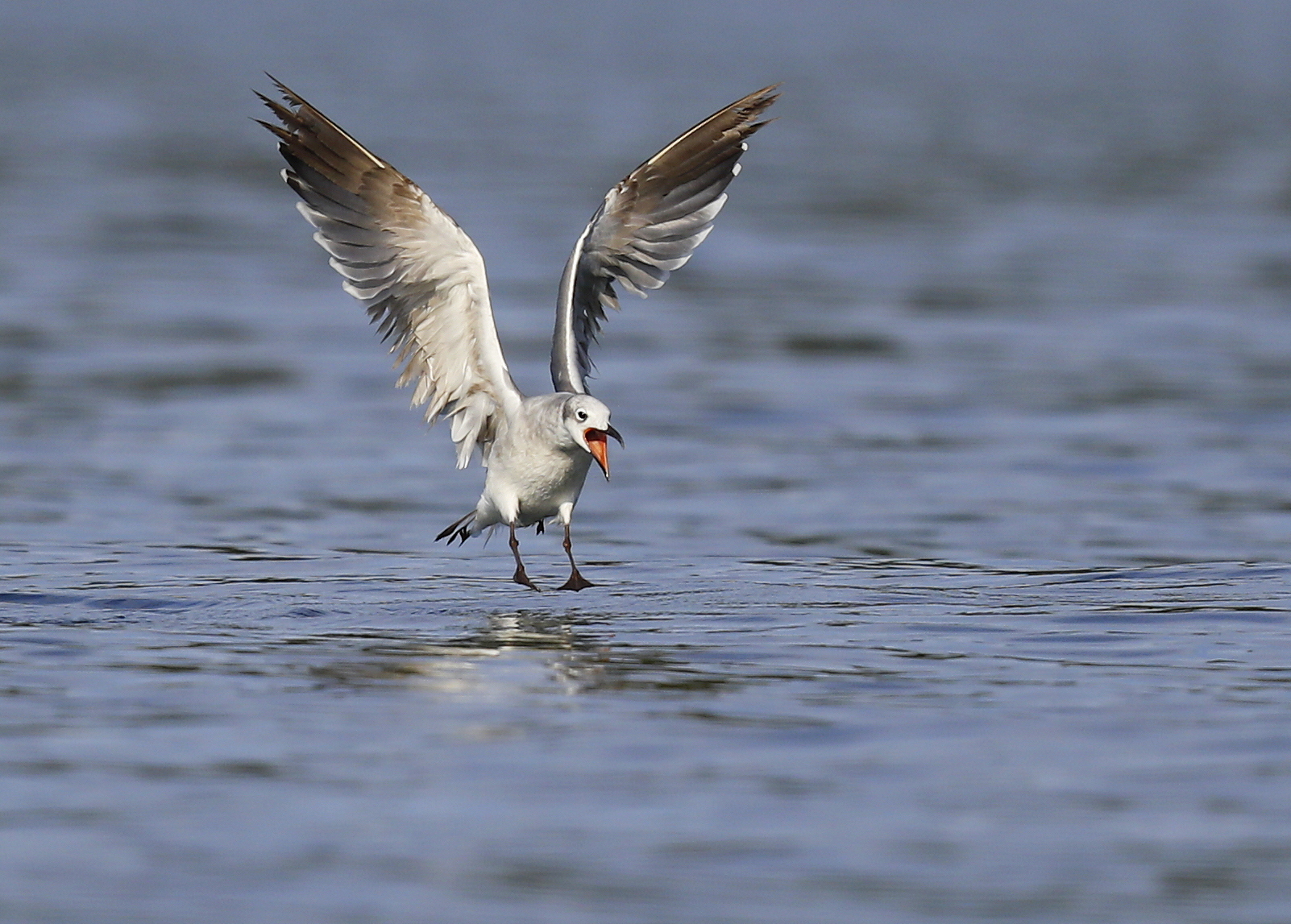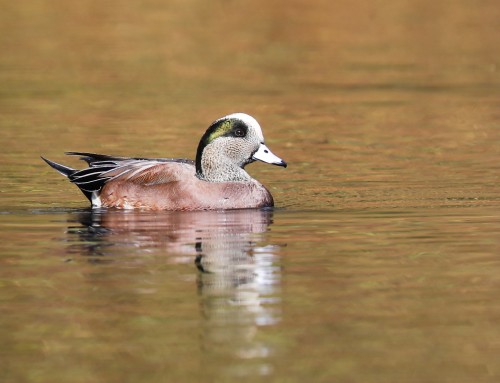Laughing Gulls migrate south from the Falmouth coastline in the fall. Influenced by food scarcity and weather, they follow coastal routes toward the Gulf of Mexico, Caribbean, and South America. This gull was recently seen skimming the water’s surface, foraging for fish by Washburn Island in East Falmouth.
Laughing Gulls (Leucophaeus atricilla) are a common sight along the coast of Falmouth during the summer, but their numbers begin to shift as fall migration sets in. Their migration patterns are largely influenced by their need to move to warmer areas as food sources become scarcer.
Timing:
– Early to mid-fall (August through October): Laughing Gulls start their migration from Cape Cod, with the peak occurring in September. By mid-October, most have left the region.
Migration Path:
– Laughing Gulls breed along the Atlantic Coast, and during fall migration, they head south toward their wintering grounds. These gulls follow coastal routes, heading down the Eastern Seaboard, with many reaching the Gulf of Mexico, the Caribbean, and even northern parts of South America.
Habitat and Behavior:
– On Cape Cod: Before migration, Laughing Gulls are often seen foraging on beaches, mudflats, and marshes, feeding on small fish, crustaceans, and invertebrates.
– During Migration: They may form large flocks, often mixing with other gull species. They tend to stop along various coastal wetlands, barrier islands, and estuaries to rest and refuel.
Factors Influencing Migration:
– Weather Patterns: Laughing Gulls are influenced by winds and storms. Hurricanes and cold fronts often play a significant role in shaping their movements, sometimes causing large concentrations to gather along Cape Cod shores before they push southward.
– Food Availability: Changes in fish populations and other food sources can influence their migration timing and stopover locations.
During late summer and early fall, Falmouth offers birdwatchers a great opportunity to observe these gulls as they prepare for their journey southward, often gathering in large numbers along the coast.







Leave A Comment
You must be logged in to post a comment.